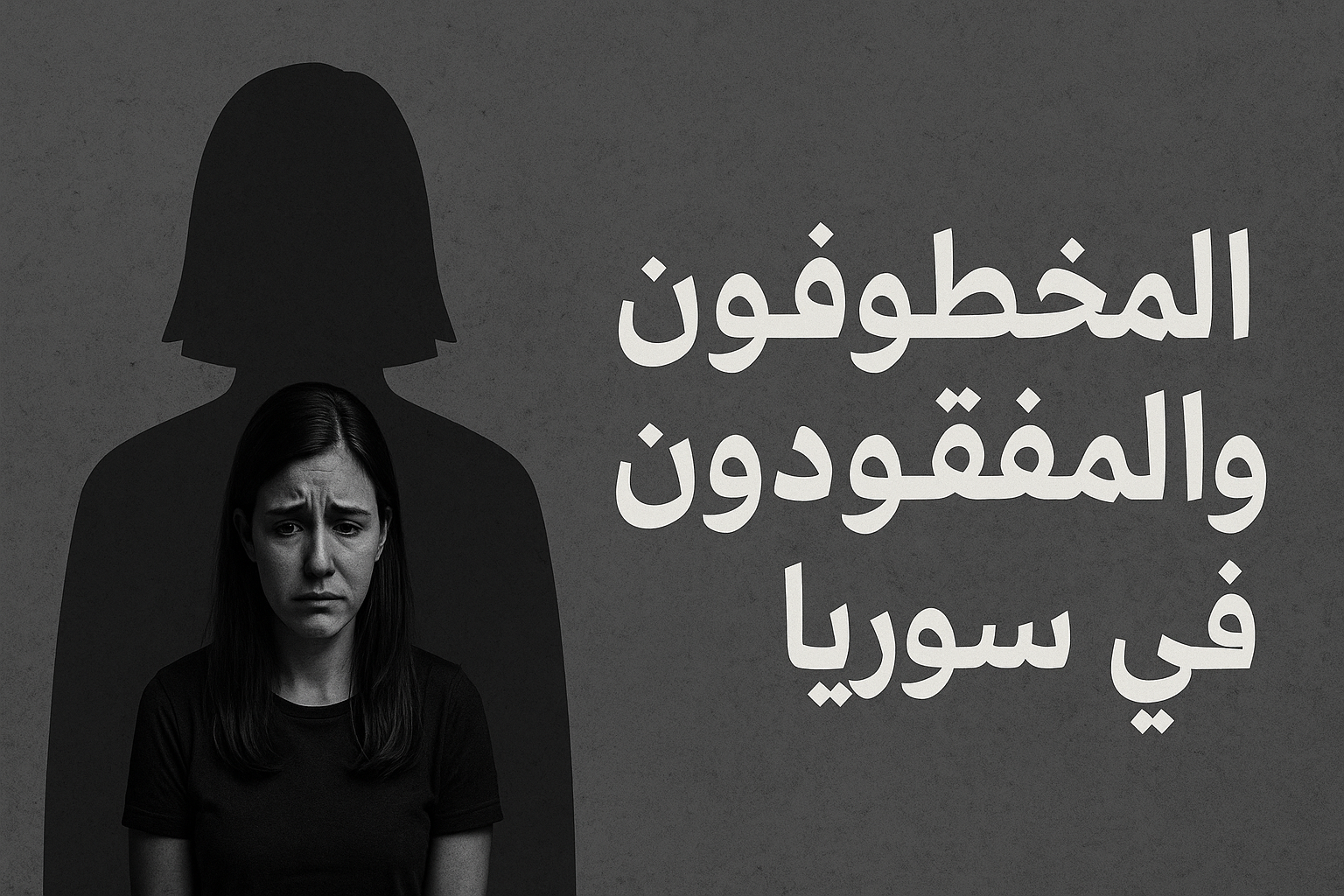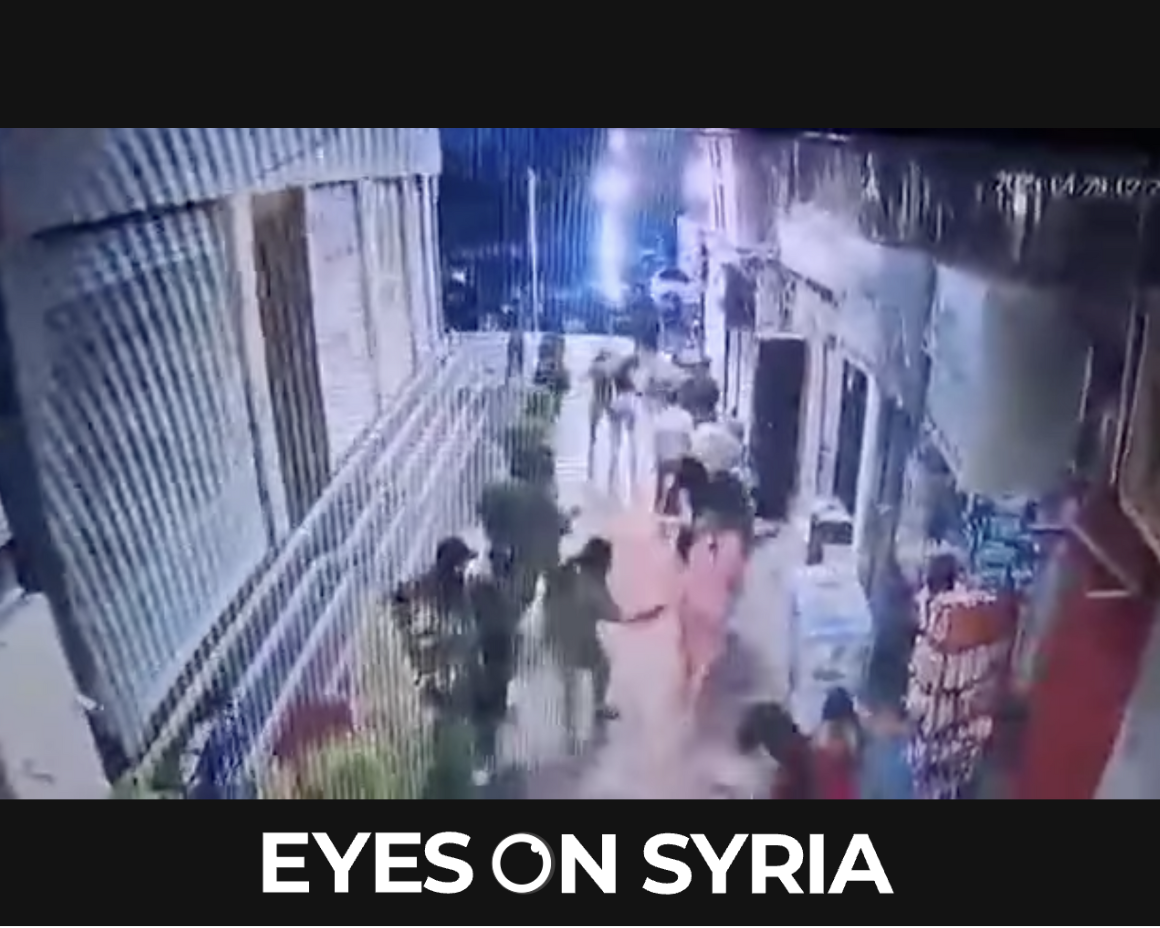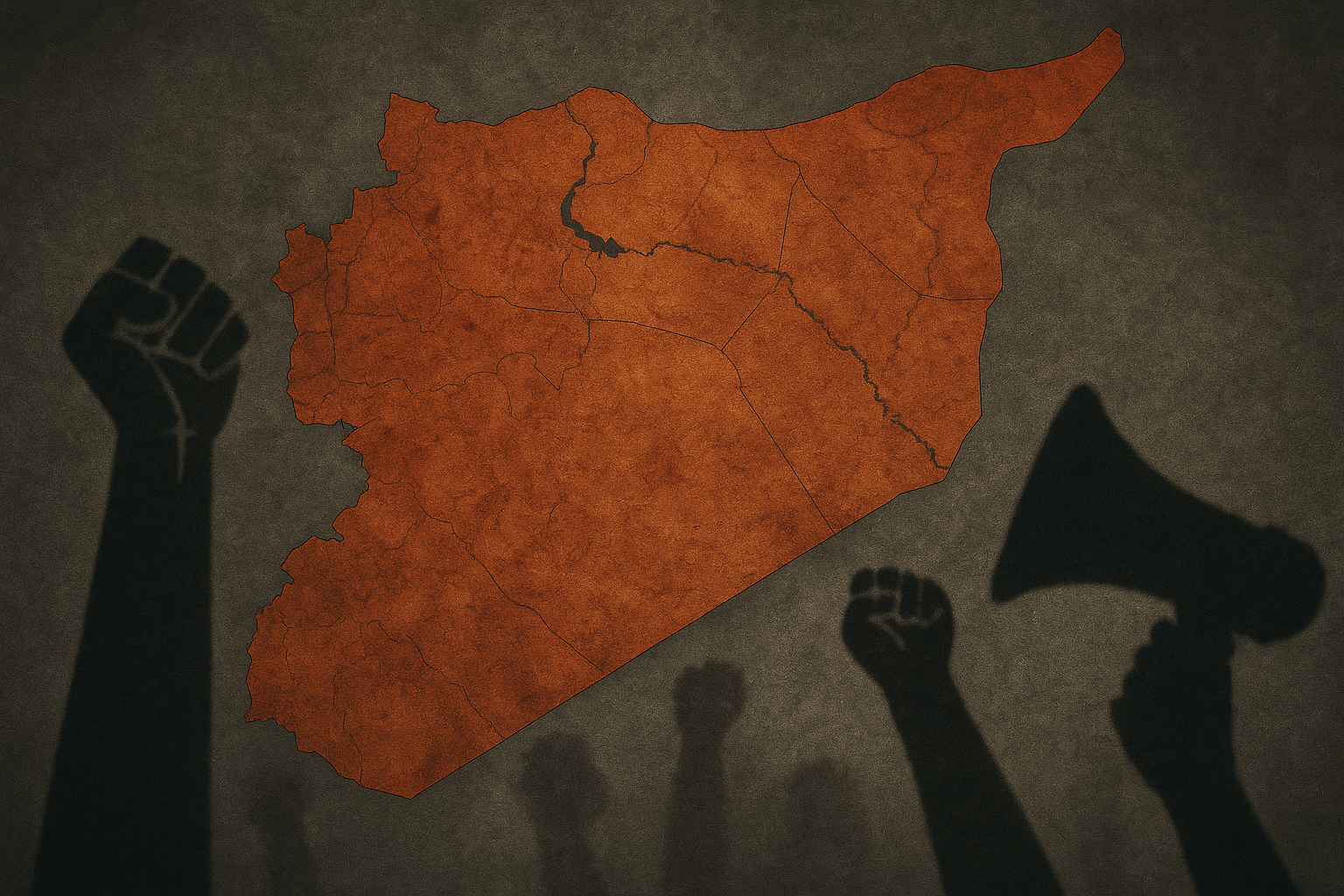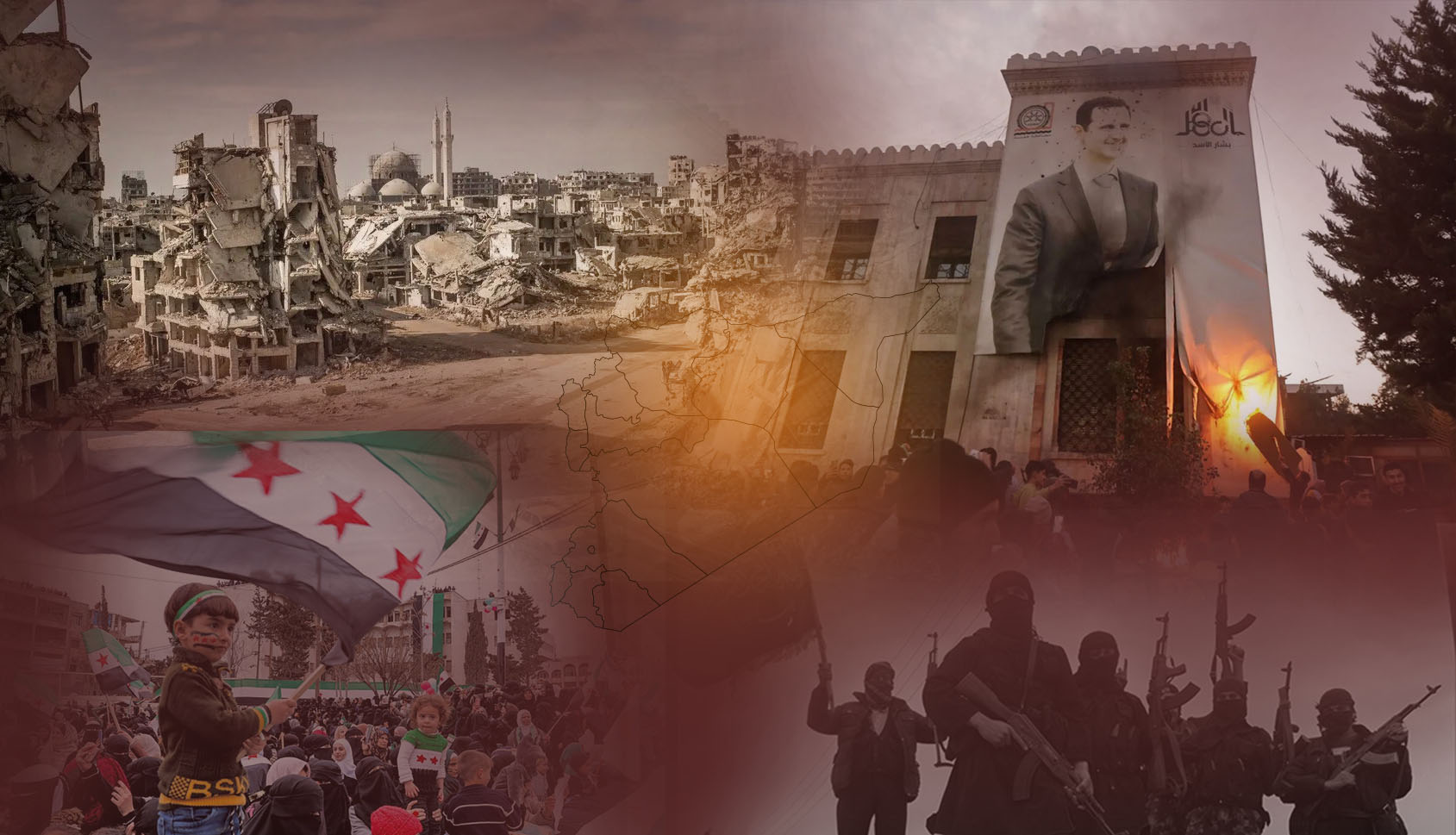While some parties are talking about “restoring stability”, the Syrian coast and neighbouring areas are living a completely different reality: An unprecedented wave of kidnappings and disappearances, especially among women and girls, a decline in people’s trust in institutions, and a dangerous rise in cases of individual and collective revenge, among other events that you can read about in this article.
Silent Anxiety: The file of the disappeared and abducted
Since the beginning of April 2025, there has been an increase in the number of reports regarding the disappearance of women and children, especially Alawite girls, in the Sahel, rural Homs and Hama regions, amid the absence of confirmed official data on these incidents.
Although we, at Eyes on Syria, refrain from publishing the names of the victims or their full locations in order to preserve their safety and that of their families, intersecting sources and field follow-ups indicate that the number of publicly reported cases exceeded fifty, some of which are documented in video clips published directly by the families of the missing.
In one of these cases, a woman appeared in a video appealing to the competent authorities to help her recover her three children who went missing at the end of March in Tartous governorate.
In another case, a man appealed to find his wife who went missing from Jableh during the same period, and some sources recently (3 weeks later) reported the appearance of a recent photo of her, showing her in an alarming condition, without further information.
It is noteworthy that many families prefer not to appear in public or make statements, due to security concerns related to the safety of their loved ones or possible repercussions on them personally.
Worryingly, some of these cases show a recurring pattern in terms of timing and modus operandi. On the other hand, limited cases of return have been recorded, including the recovery of an 18-year-old girl in Tartus after it became a public issue, and another 14-year-old girl in Latakia, where a kidnapping was denied in the latter case. Some of these clarifications and scenarios have sparked differences in public opinion, especially in light of what some see as official attempts to calm fears or contain public anger.
In the absence of an independent investigative body and the continued media blackout by the official authorities, the truth remains shrouded in mystery, and fears increase with time.
This situation is exacerbated by the lack of transparency around the abductees’ file, as well as the social and religious sensitivities associated with it, prompting many families to remain silent or refrain from reporting and sharing, for fear of stigma or security complications
Multiple motives and persistent ambiguity
Some families have reported receiving large financial demands in exchange for the release of their loved ones, indicating that there is an extortion dimension in some cases.
On the other hand, some undocumented sources circulated disturbing accounts about the possibility that some of the abducted women were subjected to forms of exploitation in conditions that violate their dignity and human rights, similar to practices previously recorded in war contexts.
Although these accounts remain speculative in the absence of direct testimonies from survivors, they raise real concerns, especially with the continued presence of extremist groups in some areas that have been known in the past to engage in similar violations against civilians, including women and children.
For now, the fate of the largest number of missing persons remains completely unknown, fuelling societal anxiety and leaving the door open to an avalanche of painful questions.
Towards Restoring Trust… No Time for Postponement
The file of abducted women is not just numbers, nor is it a passing incident that can be overcome by silence. It is an open wound in the collective conscience, testing the ability of Syrian society to protect its weakest components and restore the rights of the oppressed. Despite the complexity of the situation and the lack of definitive answers so far, there are still practical steps that can make a real difference, including:
- Provide a formal and safe communication window that allows families to report confidentially, without fear of stigma or repercussions.
- Increase transparency regarding the existence or otherwise of kidnapping cases, while respecting the privacy of individuals and their families.
This contributes to reducing the rivalry and scepticism circulating on social media, which has become a source of division and societal tension. - Forming an independent follow-up and documentation committee comprising credible human rights and community figures who can gather information and provide periodic reports that contribute to reassuring public opinion.
- Open the way for responsible media and humanitarian initiatives that address the issue without sensationalism or politicisation, and promote the value of solidarity and responsibility.
What we need today, before any slogans, is to build a climate of security and trust among the people, where citizens feel that their voices are heard and that the dignity of their children is not forgotten or compromised.
Saving this file is not only a security issue, but a test of the value of life and the value of the human being in the new Syria.




